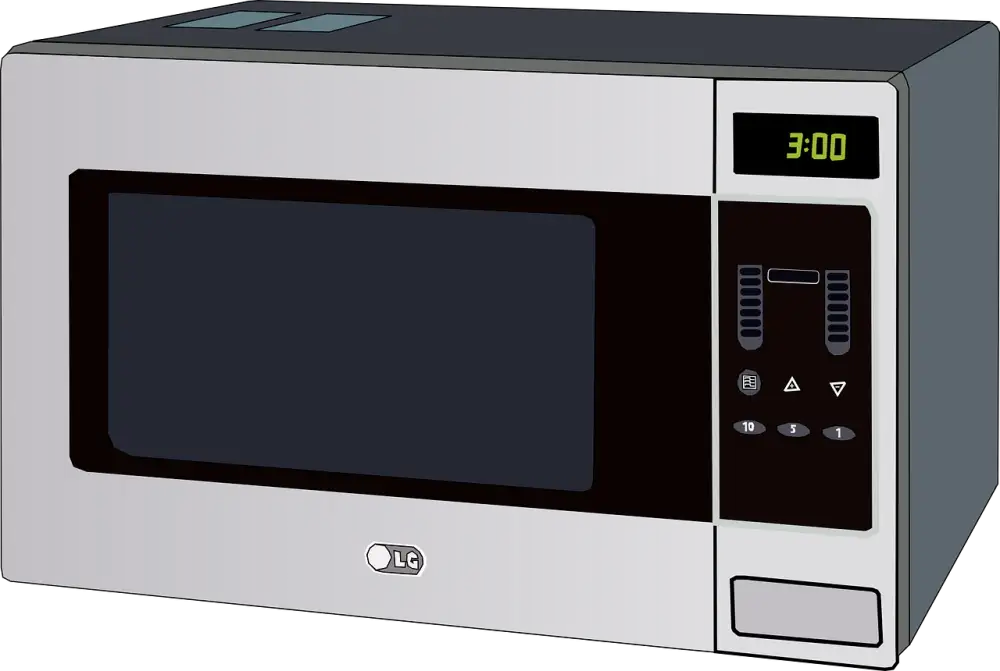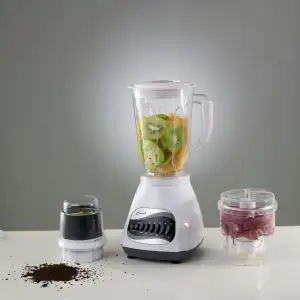Styrofoam and Microwaves: Unveiling the Safety Mystery at Home

Microwaves have become an essential part of modern kitchens, providing convenience and speed when it comes to heating up meals. However, there has been an ongoing debate about the safety of microwaving certain materials, particularly Styrofoam. Many people are concerned about the potential health risks associated with using Styrofoam in the microwave. In this article, we will delve into the science behind microwaving Styrofoam and uncover whether it is truly safe or not. By understanding the facts, we can make informed choices for a safer home cooking experience.
Understanding Styrofoam: What is it made of?
Styrofoam, also known as expanded polystyrene foam, is a popular material used for packaging and insulation. It is made from a petroleum-based plastic called polystyrene, which is derived from styrene monomers. The manufacturing process involves expanding the polystyrene beads with the help of steam, which creates the characteristic lightweight and insulating properties of Styrofoam. This versatile material is resistant to moisture and heat, making it ideal for various applications. However, its composition raises concerns about its safety when exposed to high temperatures, such as in microwaves.
The Concern: Can Microwaving Styrofoam be Harmful?
The concern surrounding microwaving Styrofoam stems from the potential release of harmful chemicals into our food. Styrofoam is made from a type of plastic called polystyrene, which contains a compound known as styrene. When heated, styrene can leach out of the Styrofoam and contaminate the food we consume. This has raised concerns about the potential health risks associated with microwaving Styrofoam containers. However, it is important to note that the research on this topic is inconclusive, and there are varying opinions among experts. While some studies suggest that small amounts of styrene may migrate into food during microwaving, others argue that the levels are too low to pose significant health risks. Nonetheless, it is always better to err on the side of caution and take necessary safety precautions when using Styrofoam in the microwave.
The Science Behind Microwaving Styrofoam: What Happens?
When you place a Styrofoam container in the microwave, the heat generated causes the material to release potentially harmful chemicals. Styrofoam is made up of polystyrene, a type of plastic that contains a compound called styrene. When exposed to high temperatures, such as those in a microwave, styrene can leach into your food or beverages. This is concerning because styrene is classified as a possible human carcinogen by the International Agency for Research on Cancer. Additionally, microwaving Styrofoam can cause it to melt or warp, releasing toxic fumes and potentially damaging your microwave. It's important to understand these risks and take appropriate precautions when using Styrofoam in the microwave.
Safety Precautions: Guidelines for Microwaving Styrofoam
When it comes to microwaving Styrofoam, it is essential to take certain precautions to ensure the safety of your food and yourself. Here are some guidelines to follow:
1. Check the packaging: Before microwaving any Styrofoam container, make sure it is labeled as microwave-safe. This indicates that the container has been tested and deemed suitable for use in the microwave.
2. Avoid high temperatures: It is best to avoid microwaving Styrofoam at high temperatures. The heat can cause the material to melt or release harmful chemicals into your food. Stick to low or medium power settings when using Styrofoam containers.
3. Remove lids and covers: Take off any plastic lids or covers before microwaving Styrofoam containers. These can trap steam and pressure, leading to potential hazards.
4. Use microwave-safe alternatives: If you have concerns about using Styrofoam in the microwave, consider using microwave-safe glass or ceramic containers instead. These are a safer option and can be reused multiple times.
By following these safety precautions, you can minimize any potential risks associated with microwaving Styrofoam and ensure a safe cooking experience at home.
Alternatives to Microwaving Styrofoam: Eco-friendly Options
While microwaving Styrofoam may raise concerns, there are several eco-friendly alternatives that can be used in the microwave. One option is to use glass or ceramic containers, which are safe for heating food and do not release harmful chemicals. These materials are also durable and can be reused multiple times.
Another alternative is to use microwave-safe silicone containers. Silicone is a flexible and heat-resistant material that can withstand high temperatures without releasing toxins. It is also lightweight and easy to clean, making it a convenient choice for microwaving food.
For those who prefer disposable options, there are eco-friendly alternatives available. Look for paper-based containers that are specifically labeled as microwave-safe. These containers are made from sustainable materials and can be easily recycled after use.
When choosing alternatives to Styrofoam, it's important to prioritize sustainability and consider the environmental impact of our choices. By opting for eco-friendly options, we can reduce waste and make a positive contribution towards a greener planet.
In conclusion, the safety of microwaving Styrofoam is a topic that has raised concerns among many. While it is true that some types of Styrofoam can release harmful chemicals when exposed to high temperatures, not all Styrofoam products are created equal. It is important to understand the composition of the specific Styrofoam being used and follow the manufacturer's guidelines.
To ensure a safe home environment, it is recommended to opt for alternatives to microwaving Styrofoam whenever possible. There are eco-friendly options available such as glass or ceramic containers that are microwave-safe and do not pose any health risks. By making informed choices and using suitable alternatives, we can enjoy our culinary adventures without compromising our well-being.
Remember, when it comes to food safety, knowledge is power. Stay informed about the materials you use in your kitchen and take necessary precautions to protect yourself and your loved ones. With proper understanding and responsible choices, we can create a safe and enjoyable cooking experience at home.
Published: 18. 12. 2023
Category: Home



